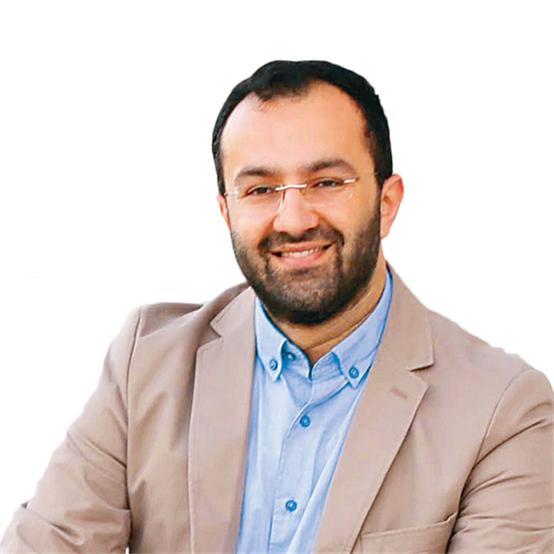One thing that catches my attention every time I come to Jerusalem: Jewish tombs (allegedly) multiply at lightning speed. Especially on the south and east sides of the city walls, tombs are being built. Heavy marble and cream-colored stone blocks lying on the ground in rows of three or five… His story appears right next to it: “I don't know from what time period, another Jewish cemetery was found.” Then it is surrounded, made fortified, and enclosed within the walls. It is now turned into a stage for visits and exaggerated displays of honor.
The Israeli occupation administration, which has made every effort not to have new burials for the Muslim cemeteries Bâbu'r-Rahme and Yûsufiyeh on the east side of the city walls of Jerusalem, seems to have focused on the production of "fake" tombs, especially in Mount of Olives, Silwan Neighborhood, and Sheikh Cerrah region. The reason for this is quite simple: Judaizing Jerusalem – with the help of gravestones – since cemeteries are considered the title deed of a city… Just for this reason, the aggressive and destruction-oriented official policy towards Muslim cemeteries is accompanied by the intensive construction of new Jewish cemeteries. For example, the Mâmilla Cemetery in West Jerusalem, where tens of thousands of Muslims were buried, is in danger of extinction today. Half of it has been turned into a park, and on one side of the other half, the “Tolerance Museum” has been built, almost mockingly.
The hotel room that I am writing these lines from, for now, looks at another “emergent” graveyard in the Sheikh Jarrah District: Shimon Ha Tsadik. Or, in more familiar pronunciation, Sadik Simon is a person who, according to Jewish belief, met Alexander the Great in person and acted as a bridge between Jews and Hellenes in the Palestinian region, and kept the spirituality of his nation alive with the miracles he exhibited. The rumors that Shimon Ha Tsadik's tomb is in today's Sheikh Jarrah began to appear in the 1870s. In parallel with the intense Jewish immigration in Jerusalem and its environs, the "politics of the grave" takes its place on the stage. Shimon Ha Tsadik shrine, which the first Zionist generations raged and put into effect to compare themselves to Jerusalem, is today one of the main focuses of the Israeli occupation in Jerusalem. The tension between the Jewish groups that flocked around the tomb and the settled Muslim residents of the region becomes concrete enough to be reflected in the media from time to time.
Israel, which occupied Jerusalem in 1967, has turned archaeological studies and excavation activities into a kind of "religion" since then. On the one hand, these activities, which are used to arbitrate the thesis of “We were here first”, on the other hand, bring along discussions about what is meant by "We". It is true that "they" have been in Jerusalem since the time of Solomon and David. However, they were the ummah of the prophets of that time, that is, Muslims. Afterwards - in the common words of the Torah and the Qur'an - the authority of the Holy Earth was taken from them "because of their ruthlessness". Since Jewish theology, which did not accept Solomon and David as "prophets" and insisted on only their "regal" identities, put the issue in a completely different channel from the very beginning, it does not seem possible to solve the problems that arose in the context of Jerusalem from a scientific or historical point of view.
Another country in the Middle East implements "tomb politics": Iran. Putting the spread of Shiism in the main axis of its foreign policy, Iran not only uses Shi'ite religious figures, whom we have come across a lot in ancient centuries for this purpose but also attaches great importance to the production of "fake tombs" in the regions under its influence. New mausoleums, tombs, and pilgrimage sites are constantly appearing in the countries “periphery” of Iran, especially in Syria and Iraq. While many points of disagreement in historical sources have been clarified within the framework of Shiite ideology, many positions whose names are not mentioned in any source are clarified with the encouragement of the state, and their stories are written and spread to the layers of the people with the help of ardent preachers.
It is very instructive for the internal dynamics of our region that two supposedly hostile ideologies - Zionism and Shiism - use precisely the same methods while colonizing today's Middle East. And a detailed comparison between "Zionist expansionism" and "Shiite expansionism" is a candidate for a striking thesis.




















